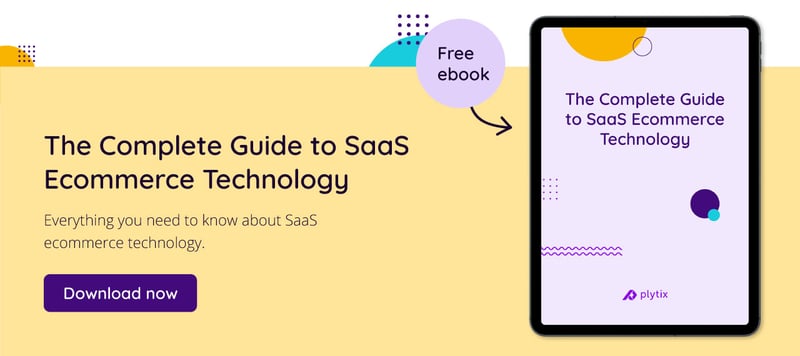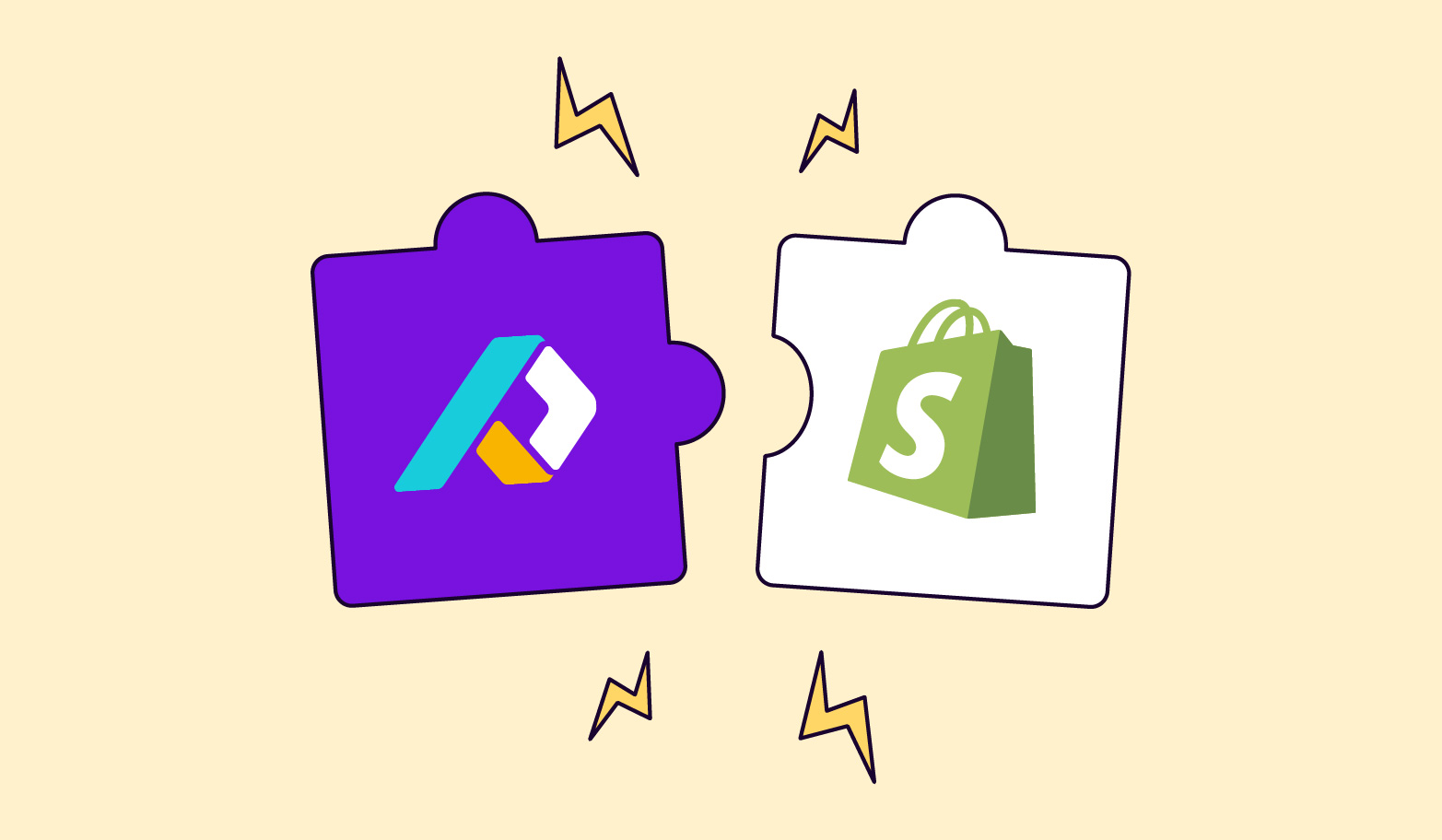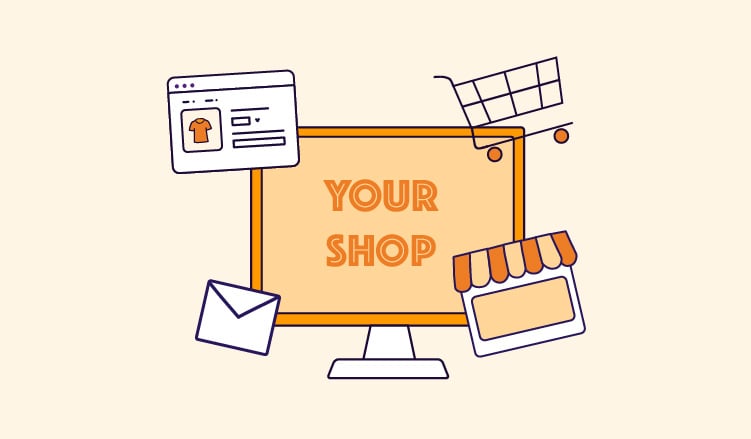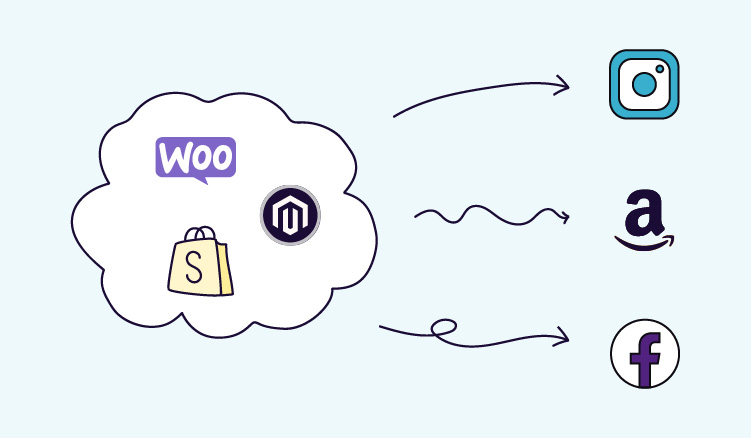Did you know that last year, over 2.14 billion people worldwide were shopping online for products and services? Times have truly changed, and it’s only increasing from here.
The state of ecommerce in Europe has seen amazing ecommerce growth over the last couple of years. More brands have moved online, and more customers are enjoying the convenience of buying online. But, as ecommerce grows at a rapid pace, so does the competition. Being visible online is the only way you can succeed, and optimizing your digital shelf is your saving grace.
What is a digital shelf?
Remember when we only had physical stores and a customer would browse through isles? Well, that’s what a digital shelf is, but online. It’s where a customer sees your product.
It helps customers discover, examine, and purchase a product that’s right for them, whether it’s through your BigCommerce store, third-party channels like Amazon, mobile apps, or social media. Customers rely on product detail pages (PDPs), product titles, customer reviews, search results, videos, and images to understand what a product is and whether or not it’s worth buying.

Why should you care about your digital shelf?
Selling through one sales channel no longer cuts it online. Truth be told, it hasn’t for a while now. More businesses are adopting multichannel commerce to ensure that their product reaches a customer wherever they are. But with more shopping happening online, more businesses (big and small) will focus on increasing visibility on the digital shelf.
For ecommerce giants, this isn’t a problem.
Take Nike, for example, they've mastered multichannel distribution with wholesales in the US and globally, their ecommerce store, DTC offering as well as retail partnerships. So, when customers search for sports apparel, there is a high chance they’ll dominate searches. What does this mean for small to medium-sized businesses? That brand diversity will be hard to achieve, and they’ll have to work twice as hard to compete against well-known brands.
Unless they consider PIM software.
Here’s how PIM can help you win the digital shelf:
1. Creates accurate and informative product descriptions
Product information is a tool that can help attract shoppers and boost conversions.
A survey found that 89% of respondents say product information is important when they’re deciding whether they’re purchasing an item. It helps inform them of a product’s use and how it could benefit them. Remember, they cannot see or touch the product as they would if they were browsing at a physical store, so you need to create a similar experience for them online
When you focus on ensuring your product descriptions have valuable information they need, such as its benefits, materials used, weight, dimensions, and any other valuable information and specifications, you give shoppers all the information they need to make a purchase.
A helpful tip is to take note of your incoming queries so that you can tweak your product descriptions to answer those questions. This can further enrich your product descriptions so that it answers questions that may have hindered a sale. Since different sales channels have different requirements, PIM ensures your catalog is right for each sales platform and makes syndication to those platforms a walk in the park.
2. Makes product visibility on various platforms achievable
According to studies, only 25% of internet users go to the second page of search results. If you aren’t on the first page, you lose out on 75% of potential customers. This is why every retailer online competes for the first page. This makes the competition tough, so you need to have SEO for your own website and optimize your product listings for each sales channel. This means;
- Having high-quality multimedia, such as videos and images
- Have no errors on your product pages
- Using relevant keywords on page titles and product descriptions
- Having the correct search terms for a specific search engine
Managing this product data can quickly become a nightmare, resulting in data silos and confusion. Old storage methods such as Excel sheets won’t cut it anymore. Spreadsheets take the information you type and run with it. It does not provide quality analysis that helps you to identify missing information, errors, repetition, or where you can improve, which can affect your rankings. Additionally, an ecommerce product catalog ensures that you have one central database that lets you store all marketing data such as keywords, personas, and SEO elements.
This makes product listing optimization for different sales channels easier and streamlined.
3. Enhance the experience with rich media
While a product title and description are fundamental for any product, so are pictures and videos. In fact, 67% of shoppers say product image plays an important role in purchasing a product, so they have to be of high quality. And, 55% of online customers say they use videos for purchase decisions. You can enhance your customer experience by ensuring you have high-quality images from different angles, how-to or demo videos, tutorials, and other rich media.
(This information can help your customers make confident decisions.)
As a small or medium-sized business, it can also build credibility and trust as it provides a better and more informative shopping experience resulting in returning customers. Having a PIM with digital asset management capabilities allows you to have a multimedia library with high-quality images that are linked to your product data. Now, you can work more efficiently by syndicating both your product data and digital assets from one platform to the next channel.
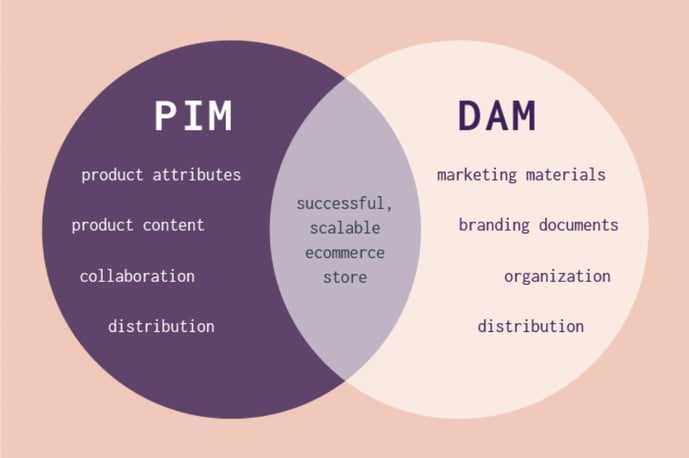
4. Be mobile-friendly
Almost 24% of the top 1 million most popular websites in the world are not mobile-friendly, and 91% of small businesses need website mobile optimization for their business websites. These are alarming numbers, as more than 51% of customers prefer mobile web apps to other shopping channels. Mobile commerce, or what is known as m-commerce, is another channel you need to optimize to ensure you get the most sales. A PIM tool stores various types of product data, even for mobile apps. This ensures that your product content is mobile-ready.
5. Make content syndication easier with PIM
Next-generation PIMs, like Plytix, take your product experience management to the next level. They don’t only work to store product data for your business, but they have digital assets and product content syndication capabilities that allow you to optimize for various sales channels all from one system. This cuts out data silos; by centralizing data, linking images, documents, and media to products, and preparing data for different sales channels.
Having multiple channels doesn’t need to be challenging, and nor do you need to settle for poor product information that isn’t converting into sales. Read our free white paper on SaaS technology to help you build an ecommerce tech stack that makes you win on the digital shelf.


